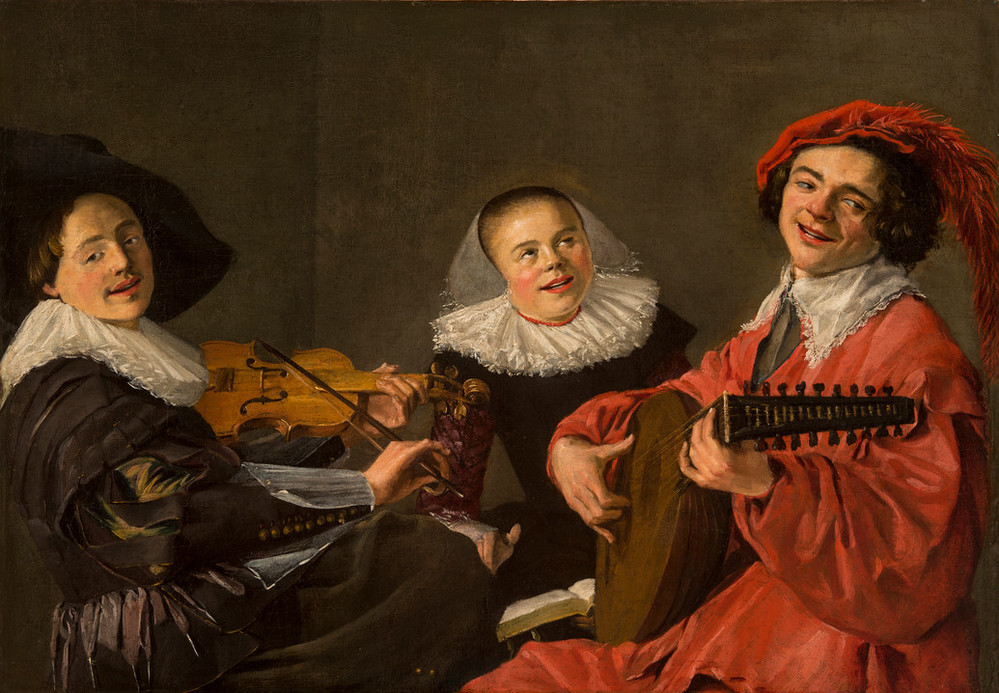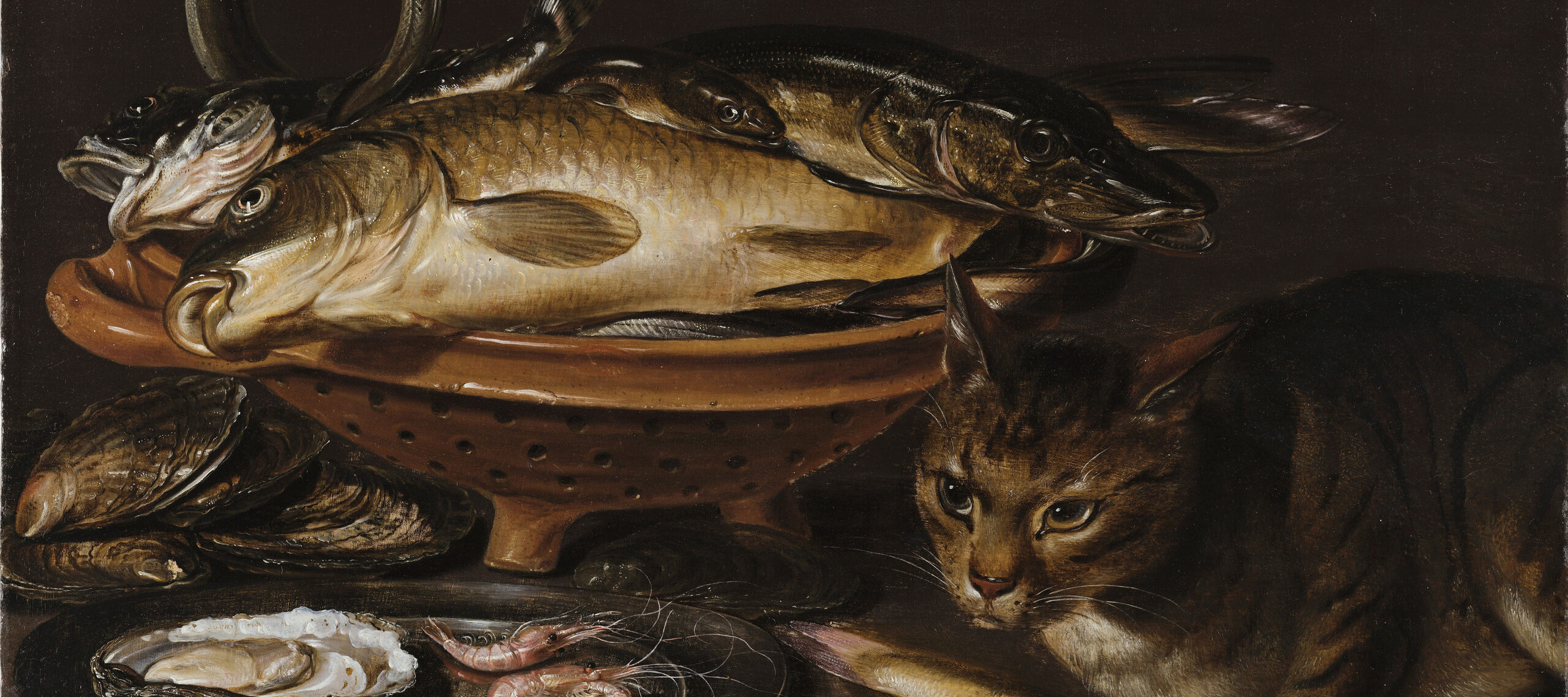WASHINGTON—The first exhibition to explore the contributions of women artists during the Dutch Golden Age will be on view at the National Museum of Women in the Arts (NMWA) from Oct. 11, 2019, to Jan. 5, 2020. Women Artists of the Dutch Golden Age presents approximately 20 paintings and prints dating from 1610 through 1719 by eight successful artists in the Netherlands during the 17th and early 18th centuries. Drawn primarily from NMWA’s collection, the exhibition features paintings and prints by Judith Leyster, Maria Sibylla Merian, Magdalena van de Passe, Clara Peeters, Rachel Ruysch, Maria Schalcken, Anna Maria van Schurman and Alida Withoos.
The Netherlands experienced unprecedented economic growth from the Late 16th century through the first quarter of the 18th century. A rising middle class of wealthy merchants fueled demand for paintings and prints of still-lifes, portraits and scenes of everyday life. By some estimates, there was one painter for every 2,000-3,000 inhabitants, a ratio exceeding that of Italy during the same period. While this era has been widely documented and studied, the many women artists who were part of this thriving scene are rarely included in museum exhibitions.
“NMWA’s Women Artists of the Dutch Golden Age-which focuses on women as creators and entrepreneurs rather than primarily the subjects of well-known paintings- is a crucial turning point in righting art historical records,” said NMWA Director Susan Fisher Sterling. “NMWA is committed to presenting exhibitions that challenge traditional views, expand our thinking about art history and rectify omissions of the past.”

Many of the successful women artists of the time were born into families of artists and received their training from fathers or brot hers. However, some took the more traditionally “masculine” route of apprenticing with a recognized master and joining artistic guilds. While women faced more obstacles than their male counterparts, this groundbreaking exhibition reveals that women of this time not only succeeded, but also excelled as artists, pushing the boundaries of what was possible in art and in life.
One of the most successful artists of the period, Rachel Ruysch (1664-1750) built a prestigious career that lasted a remarkable 70 years, selling work to an international circle of patrons. Ruysch was, and is, considered to be the greatest floral still-life painter of the Golden Age. The verisimilitude she achieved reflected her dedication to looking closely at natural organisms. Her father, Frederik Ruysch, was a professor of botany as well as a surgeon, obstetrician and collector of medical anomalies. Surrounded by this early access to natural wonders, Ruysch honed her observational power and artistic skill. Another successful artist, Judith Leyster (1609-1660) was a trailblazer who likely apprenticed with a male artist. She was one of the first women admitted to the painter’s guild in Haarlem, and took on her own students. Today, relatively few works attributed to her are dated after her marriage to fellow painter Jan Miense Molenaer in 1636. Some scholars have concluded that financial instability and domestic responsibilities, including the births of five children, impeded her artistic production.
A highlight of NMWA’s exhibition is a recently rediscovered self-portrait by Leyster, which will be on public view for the first time in the United States. The work, which most likely dates from the mid-1640s, exudes painterly confidence and reflects maturity and practiced skill. It calls into question the assumption that the artist gave up painting after her marriage. Leyster presents herself as an artist with the tools of her trade-palette, paintbrush and mahlstick (a tool used to support the hand holding the paintbrush)-in her hands.
A pioneer of still-life painting, Clara Peeters (1594-1657?) is the only Flemish woman known to have specialized in the genre as early as the first decade of the 17th century. While definitive details about her life are scarce, and there is no documented evidence of her artistic education, scholars believe that Peeters was a student of Osias Beert, a noted still life painter from Antwerp.
By 1612, the 18-year-old Peeters was producing large numbers of painstakingly rendered still lifes, typically displaying groups of valuable objects, such as elaborately decorated metal goblets, gold coins and exotic flowers.
In 2016, the Prado Museum in Madrid presented The Art of Clara Peeters, the museum’s first solo exhibition of work by a woman artist. The show included loans from NMWA. as Clara Peeters was the artist that inspired NMWA founder Wilhelmina Cole Holladay to begin collecting work by women artists, and the museum holds two of her works in its collection.
Women Artists of the Dutch Golden Age, presented in the Teresa Lozano Long Gallery of the National Museum of Women in the Arts, is organized by the museum and generously supported by the members of NMWA.
National Museum of Women in the Arts
The National Museum of Women in the Arts (NMWA) is the only major museum in the world solely dedicated to championing women through the arts. With its collections, exhibitions, programs and online content, the museum seeks to inspire dynamic exchanges about art and ideas. NMWA advocates for better representation of women artists and serves as a vital center for thought leadership, community engagement and social change. NMWA addresses the gender imbalance in the presentation of art by bringing to light important women artists of the past while promoting great women artists working today. The collections highlight painting, sculpture, photography and video by artists including Louise Bourgeois, Mary Cassatt, Frida Kahlo, Shirin Neshat, Faith Ringgold, Pipilotti Rist and Élisabeth Louise Vigée-LeBrun.
NMWA is located at 1250 New York Avenue, NW, in Washington, D.C. It is open Mon.–Sat., 10 a.m.–5 p.m., and Sun., noon–5 p.m. Admission is $10 for adults, $8 for visitors 65 and over and students, and free for NMWA members and youth 18 and under. Admission is free the first Sunday of each month. For information, call 202-783-5000, visit nmwa.org, Broad Strokes Blog, Facebook, Twitter, or Instagram.
